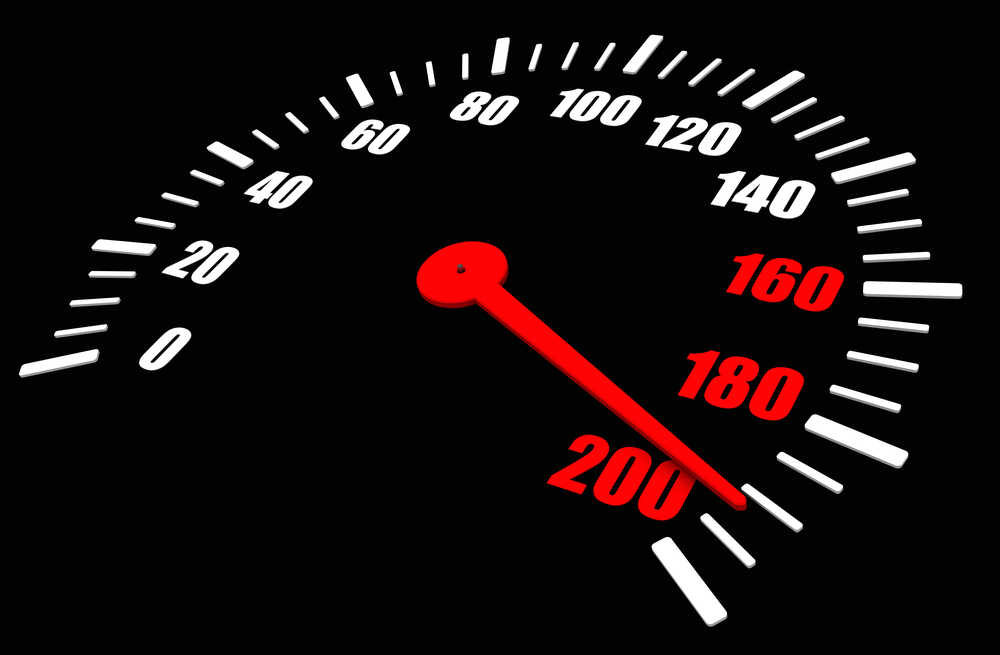In an age where a moment’s wait feels like an eternity, the swift loading of web pages isn’t just good practice — it’s an absolute must for capturing and keeping attention. Today’s online shopper, with the world at their fingertips, is not known for patience, especially when navigating on a mobile device. People expect instant access, and if your e-commerce site can’t keep up, they’ll move on to a faster website. That’s why we at RankFresh are zeroing in on the critical need for speed in your site’s performance for optimal SEO results. This post is your all-in-one guide to understanding and perfecting page load times to meet the high-speed expectations of the modern mobile user.
Why Does Page Speed Matter for SEO?
Page speed is integral to SEO, Google rewards faster sites with higher rankings due to them delivering an enhanced user experience. For e-commerce sites, where every millisecond can impact a potential sale, optimising for page speed is crucial.
Understanding the Causes of Slow Page Speeds:
Several factors can bog down your website, including:
- Unoptimised Images: Large image files can slow down your page load times dramatically.
- Excessive HTTP Requests: Each piece of your site, like scripts, stylesheets, and images, requires a separate HTTP request to load, increasing the total time.
- Bulky Code: Inefficient, cumbersome, or unminified code can lead to slower performance.
- Lack of Caching: Failing to store website elements for returning visitors can cause redundant loading delays.
- Poor Hosting Solutions: Low-quality hosting can result in slow response times and is often the bottleneck for your site’s speed.
- Non-Optimised Databases: E-commerce sites often have large databases which, if not properly optimised, can drag down speed.
- Render-Blocking JavaScript: JavaScript that prevents a page from loading quickly can also affect your site’s speed.
Tools to Analyse and Improve Page Speed:
- Google’s PageSpeed Insights: Analyse your site for performance issues and get custom recommendations.
- GTmetrix: Dive into a detailed analysis of your site’s speed components.
- Pingdom: Monitor your website’s performance and identify bottlenecks.
How to Fix Common Page Speed Issues:
- Compress and format images appropriately.
- Reduce the number of elements that require an HTTP request.
- Clean up your site’s code by removing excess, minifying, and using asynchronous loading where possible.
- Implement efficient caching policies.
- Invest in high-quality, fast web hosting, particularly if you run an e-commerce site.
- Regularly maintain and optimise your databases.
- Defer or asynchronously load JavaScript.
For SEO success and e-commerce sales, understanding and improving your page speed is non-negotiable. It’s about creating a smooth, enjoyable experience that caters to the user’s need for immediacy while bolstering your SEO rankings. Embrace these insights and tools to not just accelerate your page’s load time but also to boost your user engagement and conversion rates.
Keep up to speed with the RankFresh Blog for more SEO strategies and tips.


